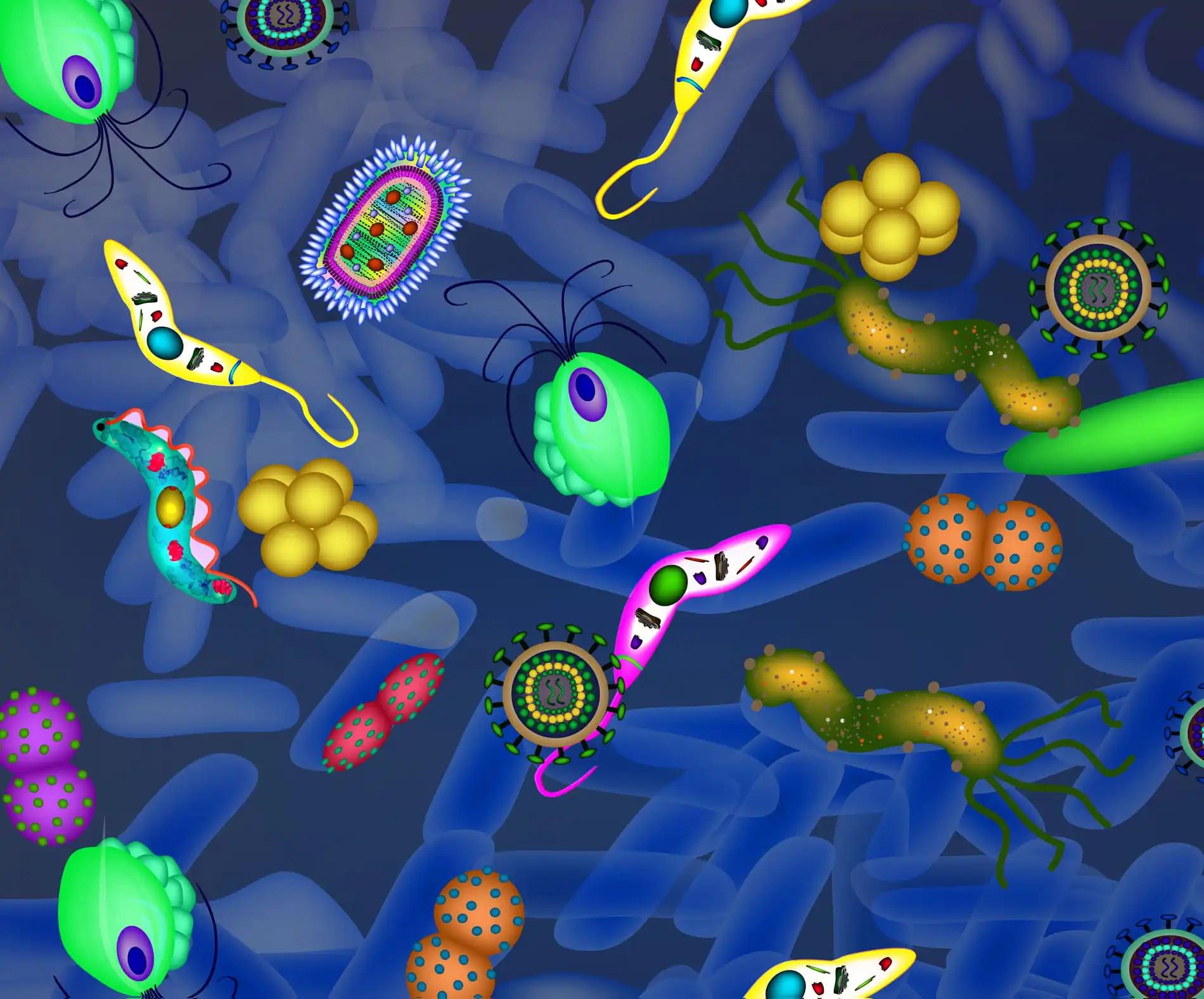KEY TAKEAWAYS
- The phase II APPLE trial investigated the effectiveness of a sequential treatment strategy, either administering gefitinib followed by osimertinib or directly using osimertinib as the initial treatment in patients with advanced EGFR-mutant NSCLC.
- The study’s primary endpoint was progression-free survival (PFS) on osimertinib at 18 months in Arm B.
- The study confirmed that using osimertinib as a first-line treatment can decrease the risk of brain progression while maintaining similar overall survival compared to the sequential treatment approach.
The APPLE trial, a phase II non-comparative study with three arms, investigated the sequential treatment approach of administering gefitinib followed by osimertinib or osimertinib frontline in patients (pts) with advanced EGFR-mutant non-small cell lung cancer (NSCLC).
In the study, pts were randomly assigned to three arms: Arm A, where osimertinib was administered until RECIST-defined progression (PD); Arm B, involving gefitinib until the appearance of the EGFR T790M mutation in circulating tumor DNA or RECIST-defined PD; and Arm C, comprising gefitinib until RECIST PD, followed by a switch to osimertinib in both Arms B and C. The outcomes of Arms B and C were combined for analysis. The study’s primary endpoint was progression-free survival (PFS) rate on osimertinib at 18 months (PFSR-OSI-18) in arm B (H0: PFSR-OSI-18 of ≤40%). The primary analyses were carried out in the per-protocol population (PPP). Furthermore, the study assessed overall survival (OS) and Brain PFS (BPFS) as secondary endpoints. Contrast-enhanced brain CT-scans were performed every eight weeks in all arms.
The trial randomized 156 pts (arm A:53, arm B/ C:103) and included 136 pts in the PPP. Most pts were female (56.6% and 69.9%), with EGFR Del19 (66% and 64%). Baseline brain metastases were present in 19% of pts in arm A and 29.1% in arms B/C. In the pooled arms B/C, 70% of pts received osimertinib at disease progression (PD). In arm A, PFS on osimertinib was 19.5 months. According to the OSI-18 scale, the PFS rate was 51.1% in arm A and 61% in the pooled arms B/C. The median OS was not reached (NR) in arm A, compared to 42.8 months (95% CI: 28.6-NR) in the pooled arms B/C, with an 18-month OS rate of 84.4% and 82.3%, respectively. Across all arms, 68 brain progression events were observed. Arm A had a median time to brain PD of 34.3 months (95% confidence interval, CI: 26.9-NR), while arm B/C had a median time of 22.3 mo(95% CI: 18.6-22.3). The corresponding hazard ratio of 0.54 (90% CI: 0.34-0.86) indicated a significantly lower risk of brain PD in arm B/C. The 18-month BPFS for arms A and B/C were 82.2% and 63.5%, respectively.
The study reported that osimertinib upfront treatment for advanced EGFR mutant-NSCLC can reduce brain progression risk and maintain comparable OS over the sequential treatment approach.
Clinical Trial: https://classic.clinicaltrials.gov/ct2/show/NCT02856893
Masip, J.R., Aix, S.P., Perez, A.C., Al-rabi, K., Caro, R.B., Greillier, L., Tarruella, M.M., Aransay, N.R., Monnet, I., Cousin, S., Lopez, P.G., Robinet, G., Campelo, R.G., Flandin, A.M., Mazieres, J., Curcio, H., Pretzenbacher, Y., Dingemans, A.C., Dziadziuszko, R. Journal of Thoracic Oncology (2023).



